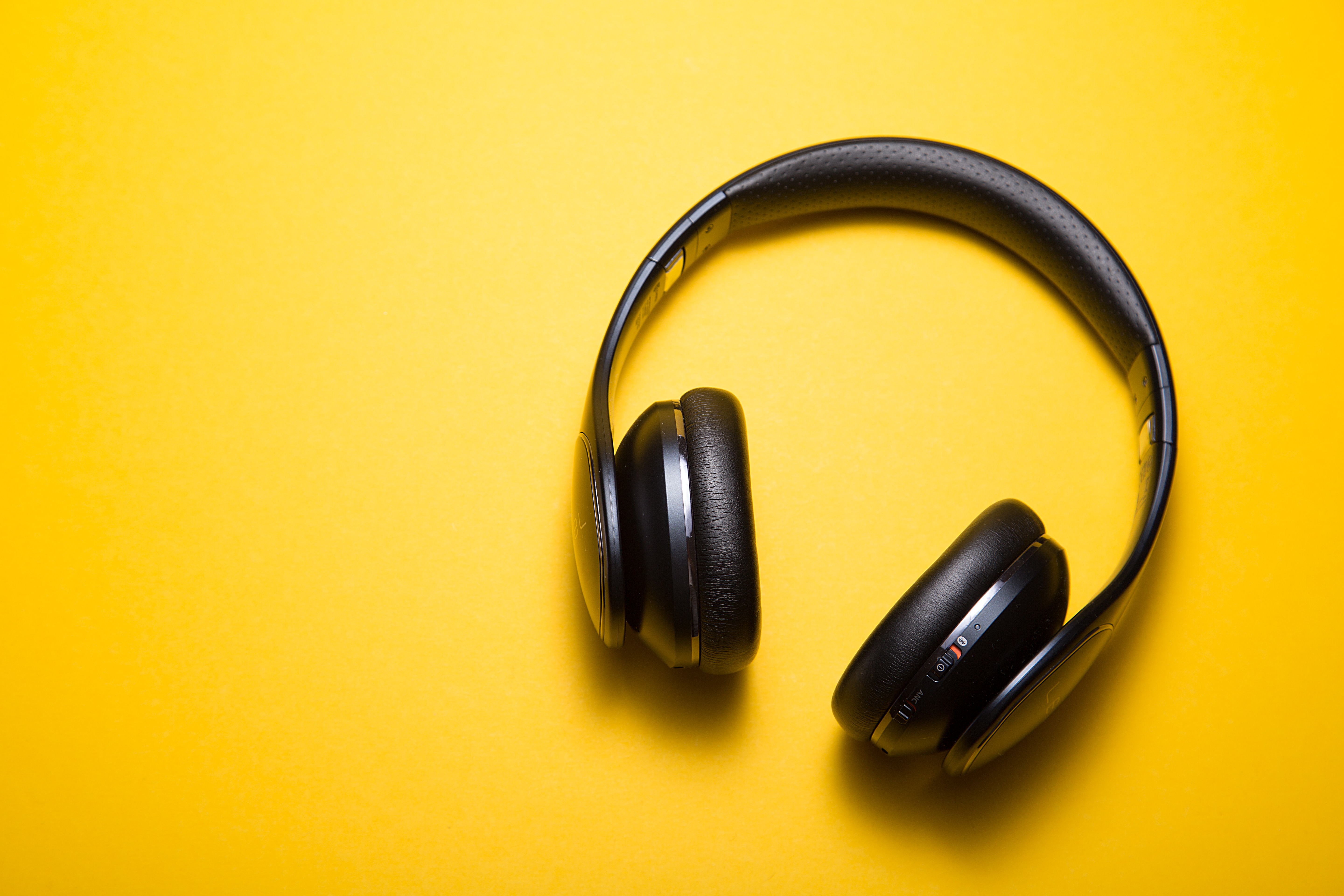Before January comes to an end, we must still say a word about the podcasting industry and its current striking player—Spotify. Distributing third party content will not get the company very far, and since in music is very hard for Spotify to develop original content, podcasts are the best alternative that match their streaming and advertising technology. With the company’s purchase of three podcast companies in 2019, Spotify has positioned itself as the go-to platform for podcasts in addition to music streaming, competing head-to-head with Apple and other podcast companies. Now, Spotify has launched its own advertising technology for podcasts, which measures ad impressions giving advertisers a lot of details on the listeners. And, at the same time, the company is in early talks to acquire another podcast digital media company, The Ringer. These series of acquisitions, new products, and updates have an inescapable consequence: Spotify could become a media mogul—the YouTube of audio products,—unless its competitors strike back soon.

In 2019, Spotify went on a buying spree and spent $400 million in total. In just two months, the company acquired the narrative podcast network Gimlet Media, the podcast-hosting platform Anchor, and the crime and mystery podcast producer Parcast. That’s a lot of money for a company that according to Statista in 2018 made $5.8 billion in revenues and no profits. And now, Spotify is considering buying The Ringer, which owns over 30 podcasts with more than 100 million downloads a month. What’s clear is that Spotify is filling up its content shelves. But the company needs to work at two levels—content production and revenue models.
Spotify has faced the first one by acquiring content companies, launching hordes of original content, and hosting classic podcasts, such as The Daily, El Washington Post, and The Journal. But Spotify also worked its way up on the original content ladder. The Swedish firm began producing original podcasts in 2018, with shows like “Amy Schumer Presents: 3 Girls, 1 Keith.” But its presence in the podcasting market was coy until it decided to grow by disbursing cash (read Spotify wants to control the podcast industry.) The impact of the purchases has been felt in no time—Spotify has gone from being the first music streaming service for most users to also becoming the second preferred podcast platform (right after Apple Podcasts.) And the company may very well surpass Apple very soon. With 248 million monthly active users and 113 million subscribers, Spotify has a promising future, mainly because its paid user base grows 31% year-over-year, as reported by Quartz.
It’s not only Spotify that is booming, but it’s also the industry itself. Pew Research Center reported in 2019 that 24% of Americans aged 12 or older listened to a podcast in the last month, while in 2008, that percentage was only 9%. Moreover, in 2019, more than half of Americans under 35 listen to podcasts every month, according to the Reuters Digital News Report. The podcast market is growing, and Spotify is ready to ride the wave.
From the monetizing perspective, Spotify is also trying to figure out how to get money out of its products—advertising seems to be the key. According to the Interactive Advertising Bureau and PwC, the podcast industry is expected to generate $659 million from advertising in 2020. The problem with podcast ad dollars is that users can skip the ad altogether if they have their smartphones at hand (we all skip those 5-10 second ads sometimes.) There’s another issue—podcasts hosted by Spotify do display ads for everyone, and while premium subscribers can listen to ad-free music, they cannot do so with podcasts. Will that change at any point? Will premium users be able to turn off ads when listening to podcasts in Spotify? At the moment, it does not seem possible as ads are part of the final product—unless it’s a Spotify original.
To take advantage of the possible ad dollars, Spotify has launched a new advertising technology called Streaming Ad Insertion (SAI). In a blog post, the company said the service “measures real impressions as they occur, reporting on the age, gender, device type, and listening behavior of the audience reached.” Through this technology, advertisers can direct their commercials to Spotify’s free subscribers based on the content they consume, but it will only be used for the platform’s own material. This, however, is a big step, with Spotify designing a mechanism to monetize its acquisitions.
All these acquisitions and updates are turning Spotify into a podcasting powerhouse. But still, Apple podcasts take the lead. Apple, which reached 50 billion all-time episode downloads and streams in March 2018, has an eternal advantage over Spotify—it owns the device. iPhone users will always find it easy to access Apple podcasts; they are just there. Maybe these Spotify upgrades will turn the tables. Apple is not the only competitor out there, although it is the largest. Luminary is another market entrant with grand ambitions and a different model—it’s based on subscriptions (read Luminary dreams of becoming the Netflix of podcasting.)
If Apple strikes back soon, with new content, new ad possibilities for brands and new ways of engaging with the consumer, the race for a monopoly will be harsher for Spotify. But what’s clear is that the Swedish company has earned its leading position and now is not going to back down. It has invested too much money in content and too much effort designing an efficient revenue system. When the dust settles, Spotify may become a similar platform to YouTube—a hosting site for both user-produced content and big Spotify audio productions. Spotify has left behind its days of music-only streaming service and is ready to take the next step: becoming a media company.


Hey, thank you so much for such a piece of important information, I’m eagerly looking for that type of information.
The information you provided is very helpful. It is very descriptive and help me to understand the whole scenario. Keep writing.
Thank You..
Source: https://tractorjunction.net/powertrac/